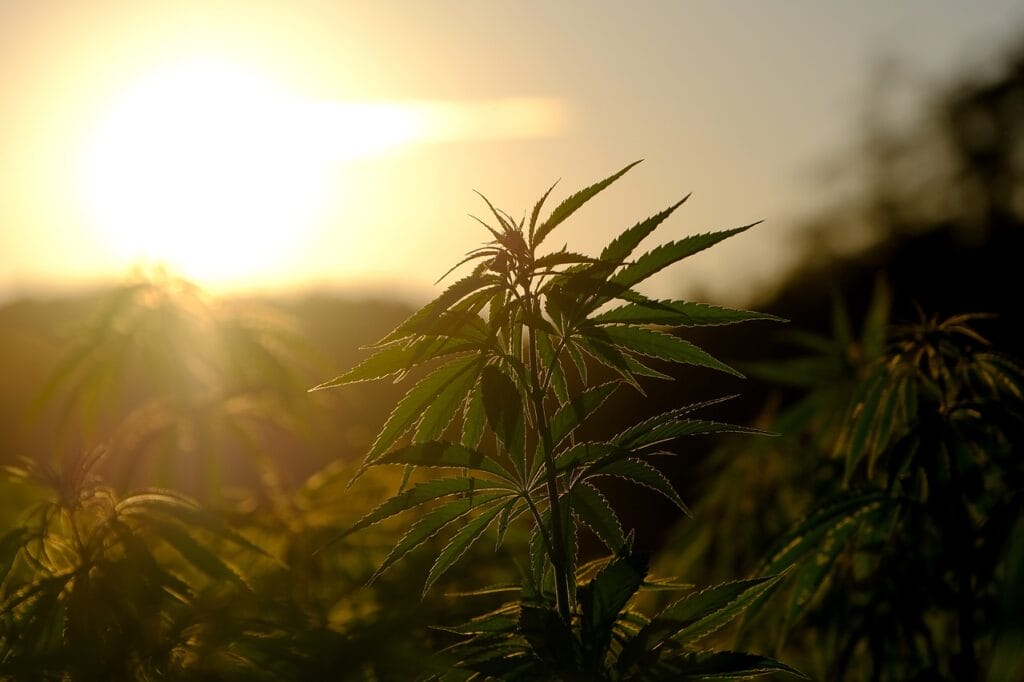When you Get Kush Canada cannabis online, you are selecting a cannabis type that provides relaxing and sedative effects. Indicas offer more than just calming effects; they have a rich history that consumers often overlook, focusing primarily on the plant’s effects. Understanding what makes Indicas unique and what they are made of can enhance your appreciation for this distinctive marijuana variety.
Table of Contents
- Key Takeaways:
- Historical Background and Early Classification
- Characteristics
- Psychoactive and Therapeutic Properties
- Modern Cultivation and Popularity of Indica Cannabis
- Distinction from Other Marijuana Varieties
- Buy Indica Cannabis Online: A Variety of Selections to Induce Relaxation
- Cannabis Indica Strains: Beyond Their Cold-Loving Nature
- Frequently Asked Questions
Key Takeaways:
- Jean-Baptiste Lamarck first described cannabis in 1785, using samples from India.
- Indicas promote relaxation, stress relief, and a sense of calm.
- Indicas flourish in moderate daytime temperatures of 65-80°F (18-27°C) and benefit from cooler nighttime temperatures.
Historical Background and Early Classification
In 1753, Carl Linnaeus classified cannabis in “Species Plantarum.” He identified sativa and various forms based on the plant’s sex, considering all known variations to be the same species, C. sativa. His entry on marijuana notes: “Habitat in India,” reflecting the belief that a wild variety must exist elsewhere.
Introducing Its Official Name
Jean-Baptiste Lamarck described cannabis in 1785, observing differences in leaf shape, stem firmness, and psychoactive effects compared to European varieties. His findings emphasized the distinct “drunkenness” produced by this plant.
The Rise and Fall of Its Identification
In the early 19th century, British botanists viewed it as a variety of Sativa. This perspective persisted despite research suggesting distinct species, highlighting challenges in botanical classification influenced by varying interpretations.
Court Case to Official Name
For centuries, botanists debated marijuana’s nature. The monotypic view—treating all variations as one species—remained a consensus until 1973. Scholars outside these fields challenged this view due to limited knowledge or convenience, proposing various classifications. Despite this, arguments have effectively recognized this plant as a distinct type, granting it status and significance.
Characteristics
This plant’s characteristics set it apart from Sativa strains. Recreational users often classify cultivars based on plant morphology.
Physical Traits
Plant Size and Structure:
- Compact Growth: Indica plants are shorter and more compact than Sativa strains, typically ranging from 2 to 4 feet in height, making them suitable for indoor cultivation.
- Stocky Stems: They have thick and sturdy stems that support dense foliage and heavy buds, adapting to harsh weather conditions.
Leaf Characteristics
- Wide, Broad Leaves: Indicas feature wide, broad leaves that are deep green, denser than Sativas, helping the plant retain moisture.
- Leaf Arrangement: Leaves are arranged in a staggered pattern along the stems, contributing to the bushy appearance.
Flowering Traits
- Dense Buds: Indica flowers produce dense, compact buds that are heavier and more resinous than those of Sativa plants, maximizing cannabinoid and terpene production.
- High Resin Production: Known for high resin content, which is essential for therapeutic properties.
Buds can vary in color but often display rich hues, including deep greens, purples, and blues, influenced by temperature and light exposure.
Growth Conditions
Indicas thrive in moderate daytime temperatures of 65-80°F (18-27°C), requiring cooler nighttime temperatures. They prefer low humidity to prevent mold and mildew, with well-drained soils to avoid root rot.
These plants require 6-8 hours of direct sunlight and adapt well to indoor and outdoor environments, essential for healthy bud production.
Cannabinoid and Terpene Profiles
- Cannabinoids: Indicas tend to have higher levels of CBD, contributing to therapeutic effects like pain relief.
- Terpenes: Characterized by earthy, spicy, and sweet aromas, these terpenes enhance aroma and therapeutic properties.
Psychoactive and Therapeutic Properties
The high is pleasant, creating a body buzz valued for relaxation and stress relief. Some strains induce a ‘couchlock’ effect, encouraging users to sit still and enjoy the experience.
Medicinal Benefits
The cannabinoids interact with the endocannabinoid system to alleviate chronic pain by reducing inflammation and blocking pain signals.
Indicas are effective in muscle relaxation and spasm control, benefiting conditions like multiple sclerosis and fibromyalgia. High CBD strains provide calming effects without a strong high.
Recreational Benefits
- Relaxation and Euphoria: Indicas induce deep relaxation and euphoria, ideal for unwinding.
- Creative Stimulation: Certain strains enhance creativity, increasing inspiration and focus for artistic expression.
- Enhanced Sensory Experiences: Heightened sensory experiences amplify enjoyment of music, food, and nature.
Modern Cultivation and Popularity of Indica Cannabis
Its cultivation has advanced with precision farming technologies. Indoor cultivation offers environmental control, while outdoor methods leverage natural resources. Innovations like hydroponics optimize growth, addressing sustainability concerns.
Distinction from Other Marijuana Varieties
The three common subspecies share a classification but exhibit significantly different physical traits.
Buy Indica Cannabis Online: A Variety of Selections to Induce Relaxation
Cultivating this plant requires extensive equipment and time. A more practical option is to purchase cannabis flower online, in small quantities or bulk.
Cannabis Indica Strains: Beyond Their Cold-Loving Nature
While known for their origins in colder regions, Indica cannabis strains can adapt to various weather conditions. Their physical characteristics allow them to thrive in diverse environments. Experience the effects, aroma, and flavor by purchasing from Get Kush Canada and exploring cannabis.
Frequently Asked Questions
Do Indicas induce the munchies?
Yes, they can, but increased THC content is a primary factor in appetite stimulation.
What is the most dominant terpene?
Most Indicas have a high dominance of β-myrcene, with sedating and relaxing effects.
What are Indica-dominant marijuana?
This is a hybrid plant with a high concentration of Indicas, combining euphoric and relaxing effects.




